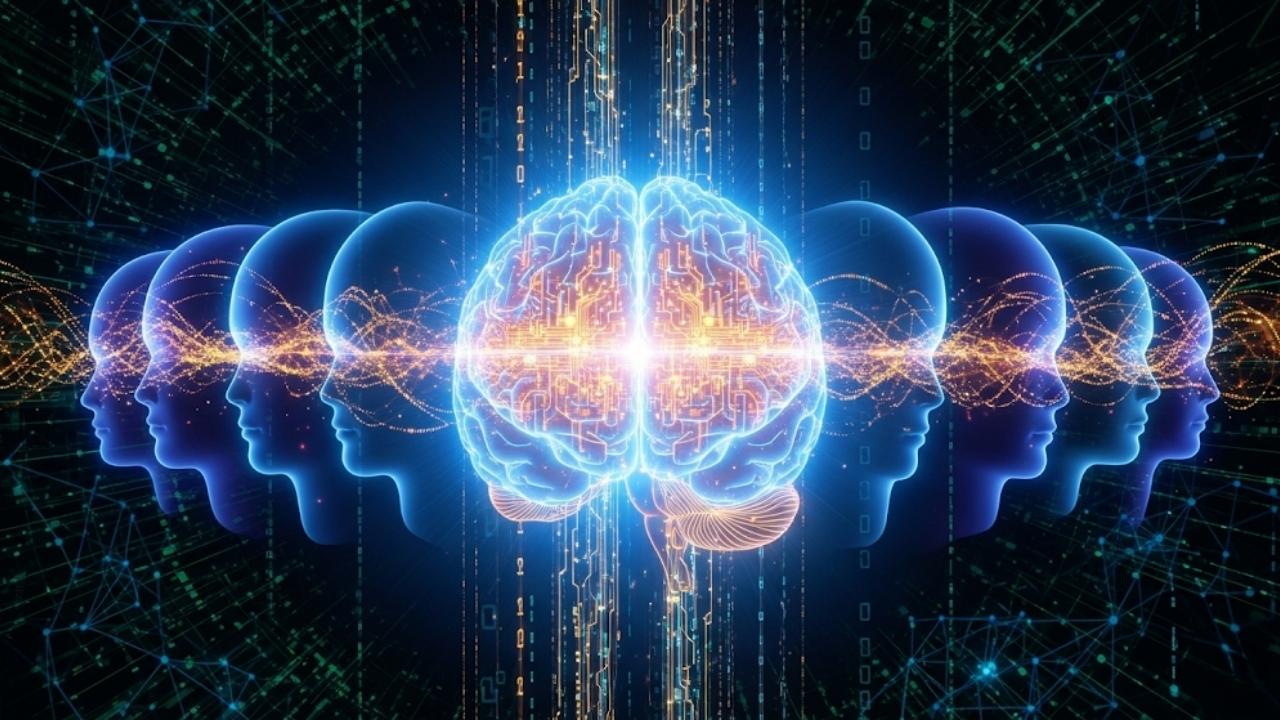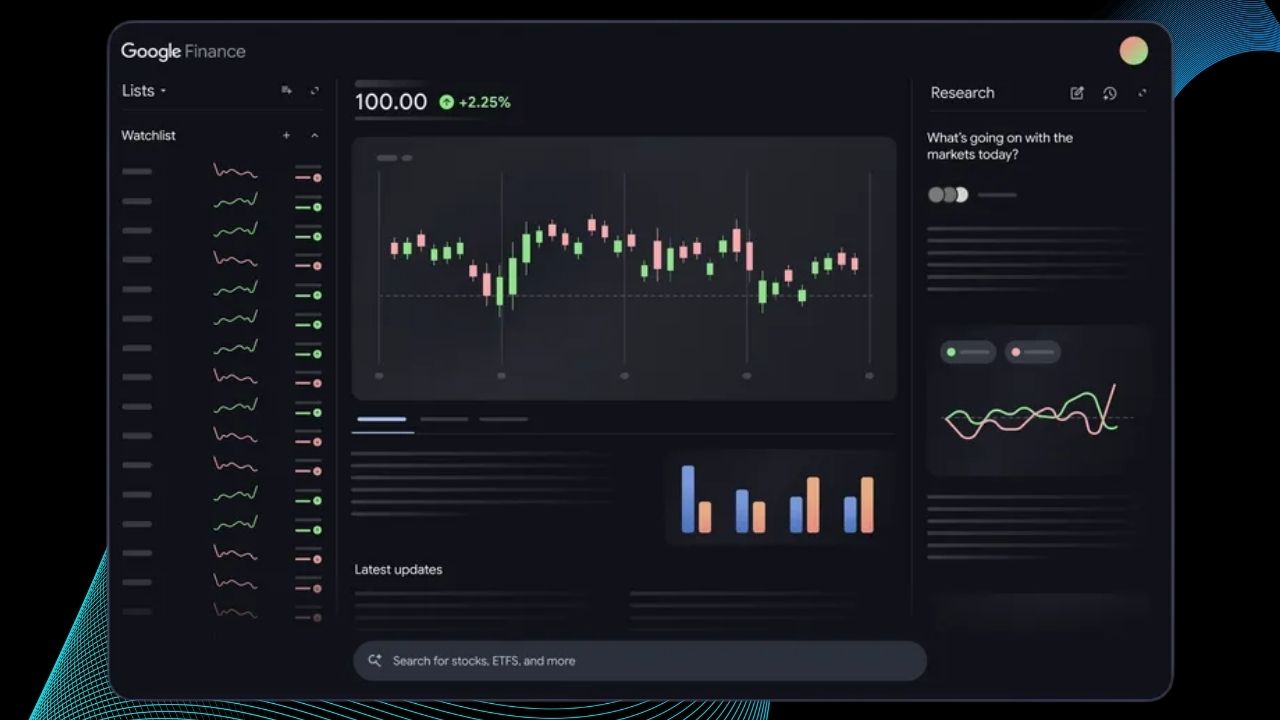Quantum Multimode Encoding: Quantum Multimode Encoding is quickly becoming one of the most significant advancements in quantum computing. This breakthrough, led by Canadian company Nord Quantique, is poised to dramatically improve the efficiency, scalability, and practicality of quantum computers by enabling higher data density and robust error correction—without the massive hardware overhead that has historically held the industry back.
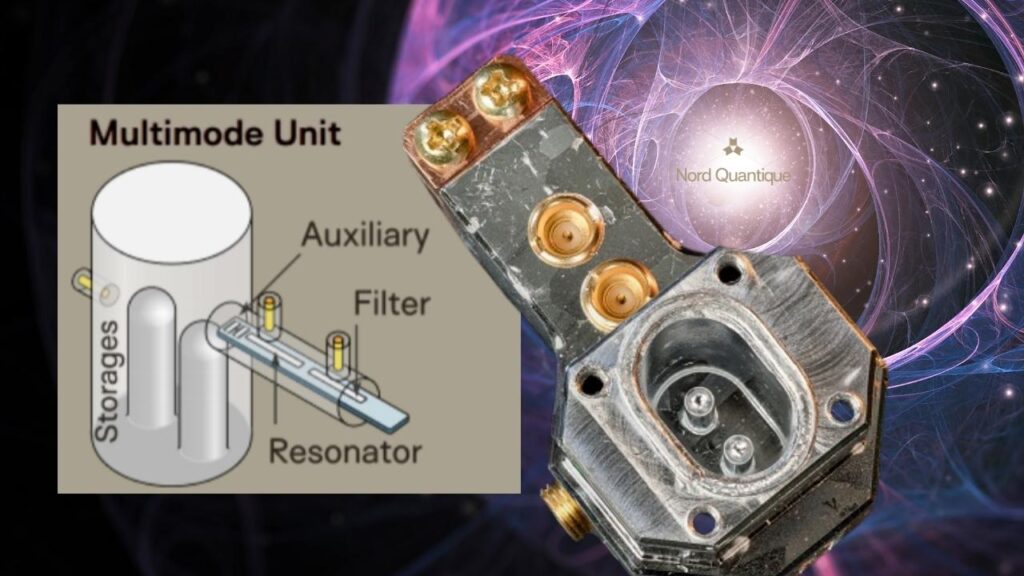
In this article, we’ll explore what this innovation means, how it works, and why it matters for the future of technology, all while ensuring the information is clear, accurate, and valuable for both beginners and professionals.
Quantum Multimode Encoding
| Feature/Stat | Details |
|---|---|
| Breakthrough | Multimode bosonic qubit encoding using the Tesseract code |
| Error Correction | Protects against bit flips, phase flips, control errors, and leakage errors |
| Energy Efficiency | Up to 99.6% less power than classical HPC for certain tasks |
| Physical Qubit Reduction | Near 1:1 mapping of physical cavities to logical qubits |
| Stability | No measurable decay in quantum information through 32 error correction cycles |
| Scalability | 1,000+ logical qubits in 20 sq. meters (215 sq. ft.), suitable for data centers |
| Industry Impact | Smaller, more powerful, energy-efficient quantum systems for research and commercial use |
| Official Source | Nord Quantique |
Quantum Multimode Encoding is a transformative step for quantum computing. By encoding qubits across multiple quantum modes and leveraging the Tesseract code for robust error correction, Nord Quantique’s approach slashes hardware requirements, boosts stability, and dramatically improves energy efficiency. While challenges remain, this breakthrough brings us closer to practical, scalable, and affordable quantum computers—opening new possibilities for science, industry, and society.
Understanding Quantum Multimode Encoding
What Is It?
Quantum computers use qubits to store and process information. Unlike classical bits, qubits can exist in multiple states at once, making them incredibly powerful—but also extremely delicate. Even tiny disturbances can cause errors, and traditional error correction methods require thousands of physical qubits just to keep a single logical qubit stable. This makes quantum computers large, expensive, and difficult to scale.
Quantum Multimode Encoding changes this by allowing each qubit to be encoded across multiple quantum “modes”—think of these as different musical notes or frequencies inside a single aluminum cavity. This approach is like having multiple backup singers for one melody: if one voice falters, the others keep the song going strong.
The Tesseract Code
At the heart of Nord Quantique’s breakthrough is the Tesseract code, an advanced bosonic error correction code. This code distributes quantum information across several modes, providing robust protection against a wide range of errors, including:
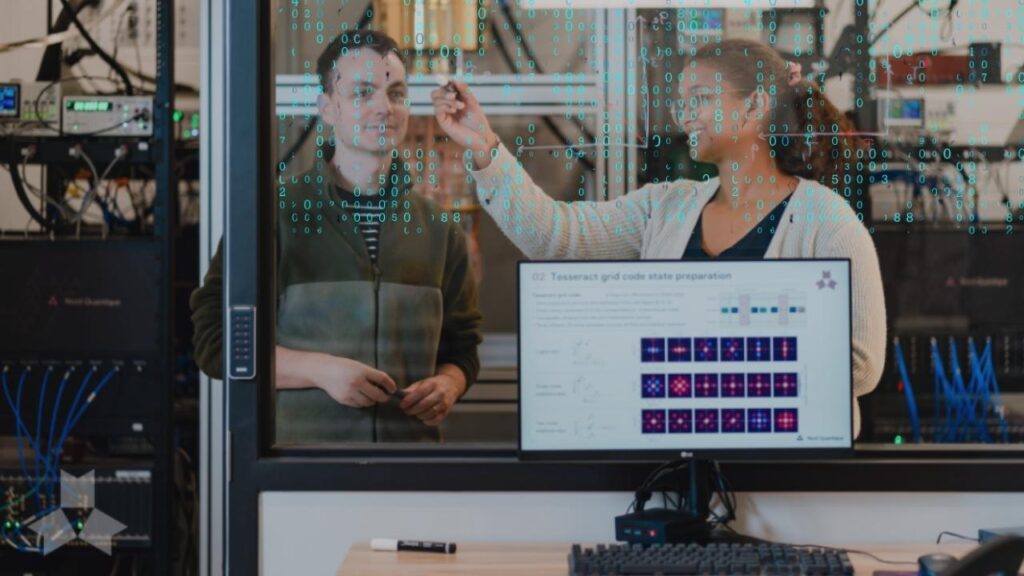
- Bit flips (changing from 0 to 1)
- Phase flips (changing the “direction” of the qubit)
- Control errors (mistakes in how the qubit is manipulated)
- Leakage errors (when a qubit escapes its intended state space)
This level of error correction is essential for building reliable, large-scale quantum computers.
Why Is This Breakthrough Important?
1. Dramatic Reduction in Hardware Requirements
Traditional quantum error correction (QEC) is extremely “qubit-hungry.” For every logical qubit, thousands of physical qubits are needed for redundancy and error correction. With multimode encoding, Nord Quantique has demonstrated a near 1:1 mapping—each logical qubit can be protected by a single physical cavity, drastically reducing the size and complexity of quantum computers.
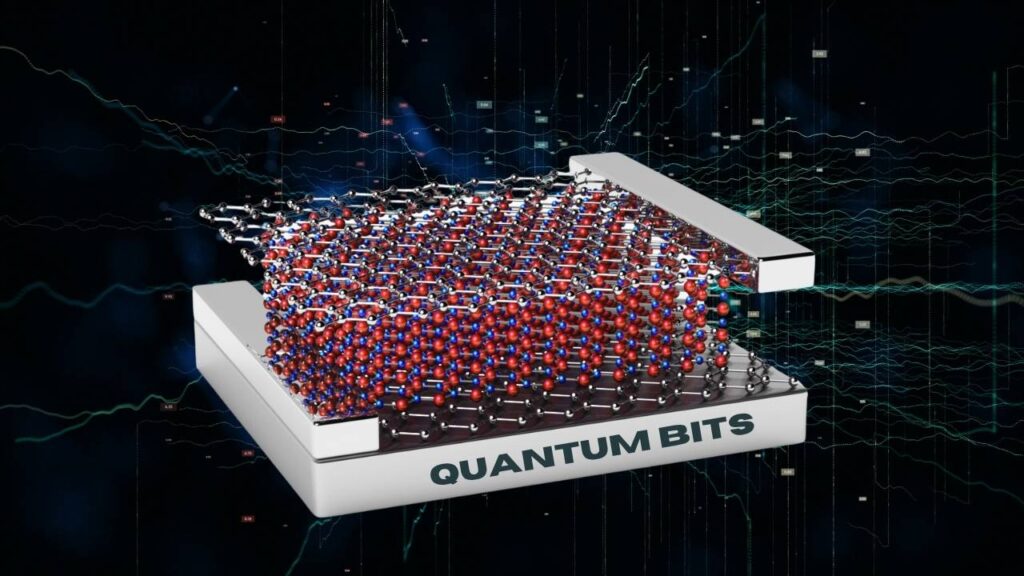
2. Exceptional Error Suppression
Quantum computers are prone to errors that multiply with each operation. In Nord Quantique’s demonstration, quantum information showed no measurable decay through 32 consecutive error correction cycles, even after filtering out only 12.6% of imperfect runs using post-selection. This level of stability is unprecedented and suggests that even as more modes are added, the system remains robust.
3. Energy and Space Efficiency
Quantum computers built with this technology could use up to 99.6% less energy than classical high-performance computers for certain computational tasks, based on a benchmark using the RSA-830 algorithm (120 kWh vs. 280,000 kWh). Furthermore, a system with 1,000 logical qubits could fit into just 20 square meters (about 215 square feet), making it practical for existing data centers and commercial environments.
4. Scalability and Commercial Readiness
Nord Quantique’s roadmap includes delivering utility-scale quantum computers with more than 100 logical qubits by 2029, with a minimum viable product targeted for 2024. This means the technology is not just theoretical—it’s on track for real-world deployment in the near future.
How Quantum Multimode Encoding Works: A Step-by-Step Guide
Step 1: Encoding with Multiple Modes
Instead of storing information in a single resonance frequency, multimode encoding uses several frequencies within one aluminum cavity. Each mode acts as a safety net for the others, providing built-in redundancy.
Step 2: Applying the Tesseract Code
The Tesseract code spreads quantum information across all these modes, making it possible to detect and correct a wide range of errors—even those that traditional codes miss, like leakage errors.
Step 3: Continuous Error Detection and Correction
The system constantly monitors the state of each mode. If an error is detected in one mode, the information from the other modes is used to correct it. This process is performed autonomously and can include mid-circuit measurements, which allow the system to flag and discard problematic runs in real time.
Step 4: Post-Selection for Quality Control
During experiments, about 12.6% of data was filtered out each round to ensure only high-quality results were kept. This selective process led to no measurable decay in quantum information across 32 error correction cycles—a strong indicator of the system’s reliability.
Step 5: Scaling Up
As more modes are added, the system’s error correction capabilities improve further, without requiring more physical qubits. This means quantum computers can grow larger and more powerful without becoming unwieldy or energy-intensive.
Real-World Impact and Practical Advice
For Students
Start learning the basics of quantum computing now. Free resources from leading organizations and open-source platforms can help you build foundational knowledge. Understanding concepts like qubits, quantum gates, and error correction will set you up for future opportunities.
For IT Professionals
Stay informed about quantum hardware developments and consider how quantum technology might fit into your organization’s long-term plans. Hybrid classical-quantum solutions are already being explored in fields like optimization, cryptography, and machine learning.
For Researchers
Look for partnerships with quantum hardware companies and explore how multimode encoding could impact your research. Whether you work in chemistry, materials science, or cryptography, quantum computing could soon offer new tools for tackling complex problems.
For Businesses
Monitor the infrastructure and energy requirements for future upgrades. Quantum-ready data centers could provide a competitive edge as this technology matures. Consider engaging with early adopter programs to stay ahead of the curve.
Precisely Placed Platinum Atoms Boost Catalyst Efficiency and Speed
Ultrasound Technique Accurately Detects Defects in Aluminum Manufacturing
New Bio-Based Hot Glue Made From Industrial Waste Outperforms Traditional Adhesives
FAQs About Quantum Multimode Encoding
Q1: What is a qubit, and why are they so fragile?
A qubit is the fundamental unit of quantum information, capable of existing in multiple states simultaneously. They are fragile because even minor disturbances—like heat or electromagnetic noise—can cause errors or destroy the information they hold.
Q2: How does multimode encoding improve efficiency?
Multimode encoding allows each physical cavity to store information across several quantum modes, providing redundancy and robust error correction without multiplying hardware requirements.
Q3: What is the Tesseract code?
The Tesseract code is an advanced bosonic error correction code that distributes quantum information across multiple modes, protecting against a broad array of errors, including bit flips, phase flips, control errors, and leakage errors.
Q4: How much energy does this new approach save?
Nord Quantique projects up to 99.6% less energy use compared to classical high-performance computing for certain tasks—120 kWh versus 280,000 kWh in benchmark tests.
Q5: When will these quantum computers be available?
Nord Quantique aims to deliver quantum processors with over 100 logical qubits by 2029, with a minimum viable product expected as early as 2024.
Q6: What challenges remain?
While the breakthrough is promising, scaling up to multi-qubit systems and integrating them into practical computational tasks remains a challenge. Further research and engineering are needed to fully realize the potential of this technology.
Q7: Where can I learn more?
Visit Nord Quantique’s official website for press releases, technical papers, and updates on their roadmap.
Industry Perspectives and Cautions
While the scientific community recognizes the significance of Nord Quantique’s achievement, experts caution that more work is needed to demonstrate the approach in multi-qubit systems and real-world computing tasks. Some researchers describe the advance as “incremental” but technically impressive, noting that it demonstrates the company’s ability to overcome complex engineering challenges. The journey to fully practical, fault-tolerant quantum computers will require continued innovation and validation.


